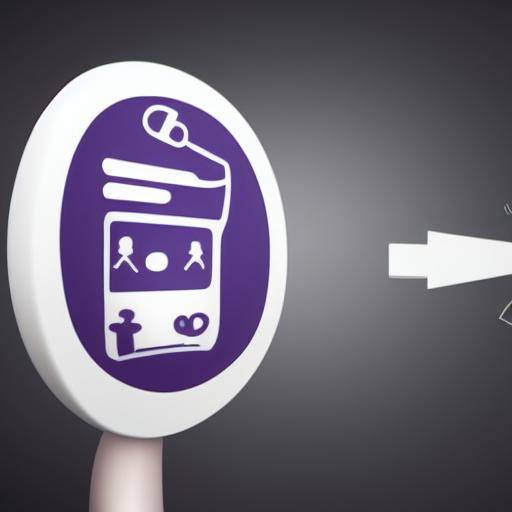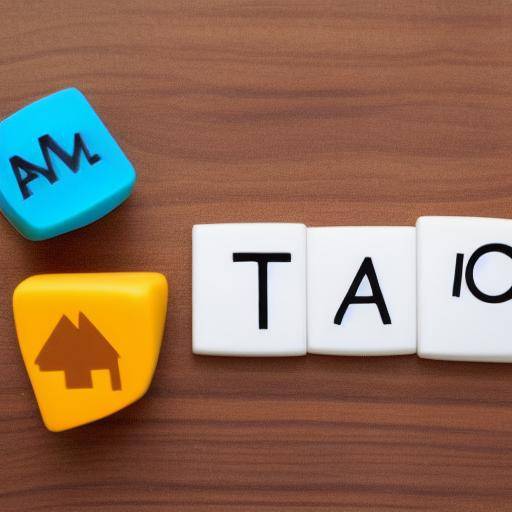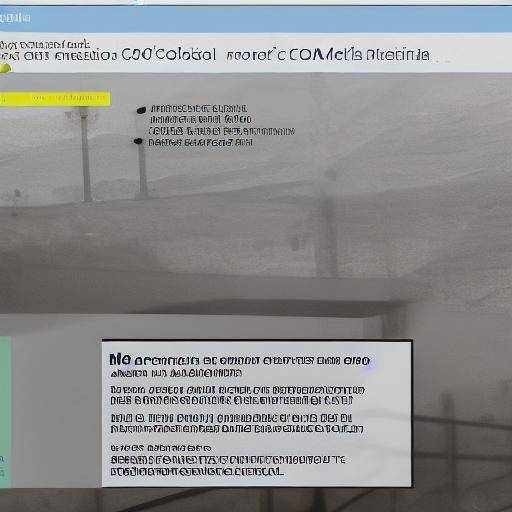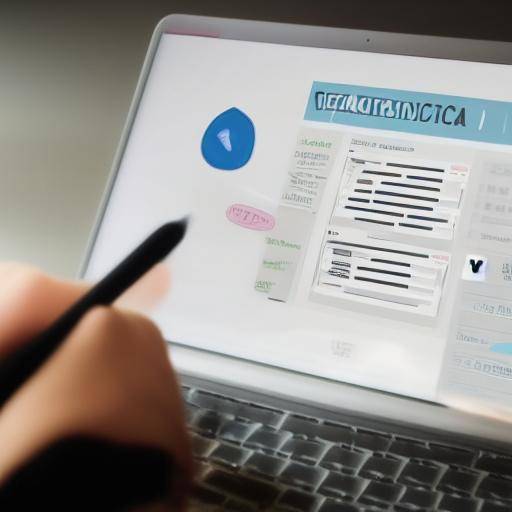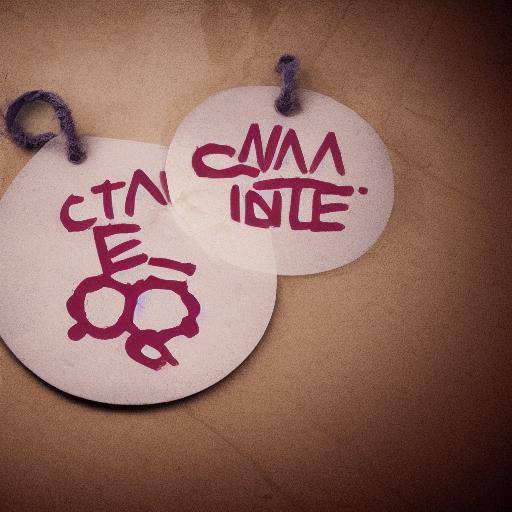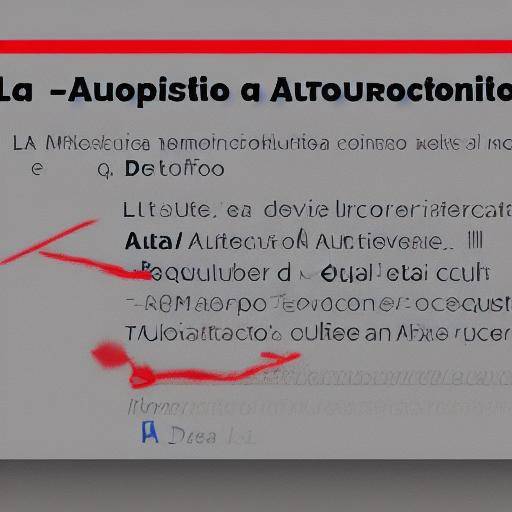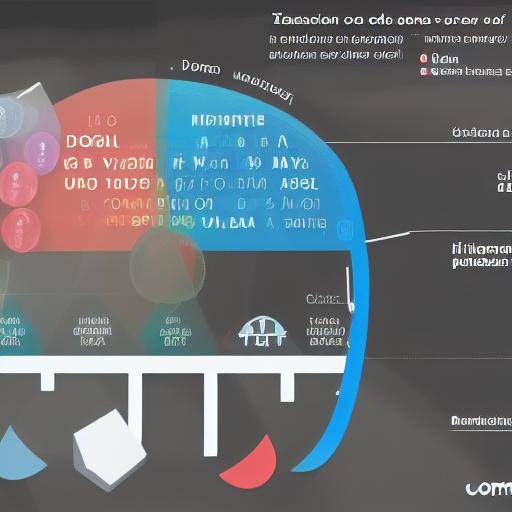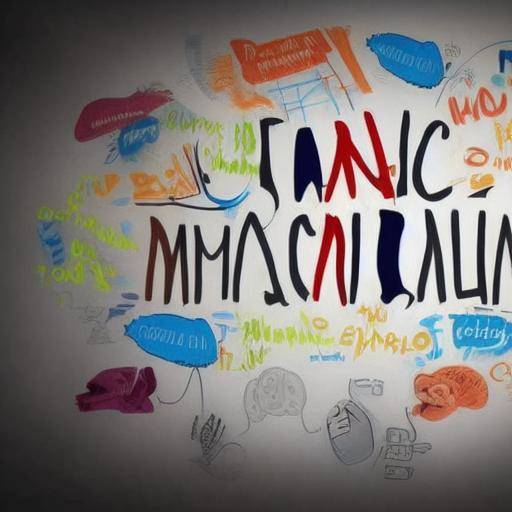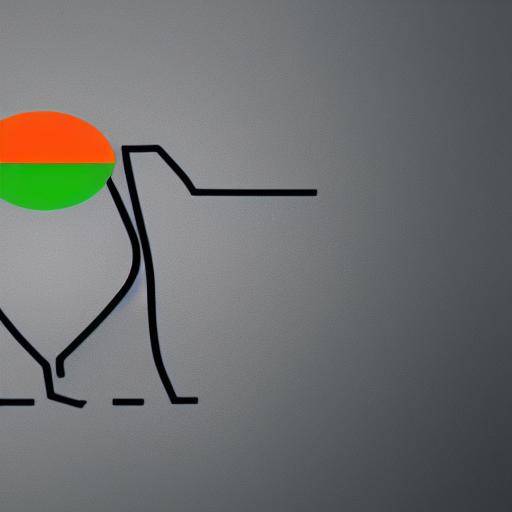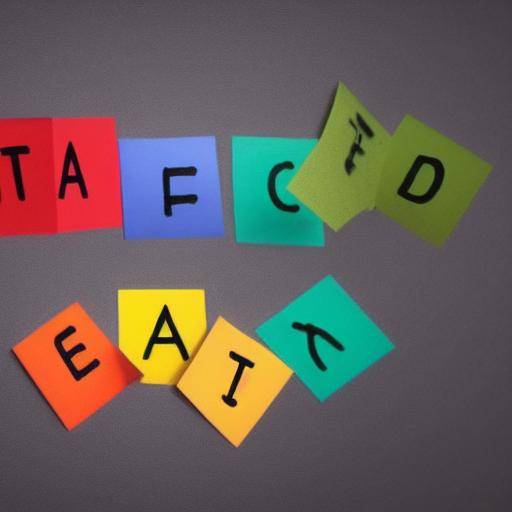
Introduction
Throughout life, we find numerous decisions that we must make, from commercial to personal decisions. The ability to make informed decisions is a vital tool for success in any field. In this article, we will explore how to use pros and cons analysis as an effective strategy to make informed decisions. We will discover its importance in evaluating options, as well as its relevance in making decisions based on different fields. In addition, we will provide sophisticated practical advice and expert opinions to improve their application.
History and Background
The analysis of pros and cons, also known as analysis of advantages and disadvantages, has its roots in ancient Greece. Philosophers such as Aristotle and Socrates already advocated the practice of weighing the arguments for and against a certain position. This logical approach was fundamental in the development of antiquity-informed rhetoric and decision-making.
Over time, pros and cons analysis has become a widely used tool in a variety of fields, including business decision-making, project management and problem solving.
In business, pros and cons analysis has proven to be an effective strategy to assess strategic options, assess risks and decide on investments.
Deep analysis
Pros and cons analysis allows an exhaustive assessment of the implications of decisions. When analysing the advantages and disadvantages of each option, a clear view of possible results is provided and informed decision-making is facilitated.
In the business context, this analysis allows leaders to evaluate the financial, operational and strategic implications of important decisions. By carefully pondering the advantages and disadvantages, risks can be minimized and opportunities maximized.
Comprehensive review
By using pros and cons analysis, organizations may avoid hasty and biased decisions, and instead adopt a rational and logical approach to decision-making. This methodical approach not only helps minimize risks, but also provides a solid basis for effective implementation of long-term strategic decisions.
Comparative analysis
The analysis of pros and cons is similar to the decision-making process and the evaluation that all focus on collecting relevant information to support informed decisions. However, pros and cons analysis focuses specifically on weighing the advantages and disadvantages of available options, while decision-making and evaluation address the wider process of reaching a conclusion.
Practical Tips and Accessible Tips
In using pros and cons analysis, it is essential to take into consideration the following practical tips:
- It clearly defines the problem or the decision it faces.
- Identify and evaluate all potential pros and cons of each option.
- It attaches weight to each pro and against according to its relative importance.
- Consider how it affects every pro and against your goals and priorities.
- Finally, it makes an informed decision based on the weighting of the pros and cons.
Industry Perspectives and Expert Reviews
Business management and decision-making psychology experts often support the use of pros and cons analysis as a valuable strategy for making informed decisions. According to Harvard Business School professor Michael C. Jensen, "pros and cons analysis provides a logical and systematic framework for evaluating and comparing options, which helps to minimize bias and maximize rationality in decision-making."
Case Studies and Practical Applications
A notable example of the successful application of pros and cons analysis is the case of A, which was faced with the decision to expand to a new market or maintain its focus on the existing market. Through a thorough analysis of the advantages and disadvantages, the company was able to evaluate the potential risks and benefits of each option, resulting in a informed decision that led to the successful growth of the company in its new market.
Future Trends and Predictions
As we move towards a globalized economy and an increasingly complex business environment, pros and cons analysis will become an even more crucial tool for informed decision-making. The integration of predictive data and analysis will allow organizations to perform more sophisticated and accurate pros and cons analysis, which will provide them with a significant competitive advantage in the market.
Conclusion
In short, pros and cons analysis is a valuable strategy to evaluate options and make informed decisions in various contexts, including business and personal decision-making. By measuring the advantages and disadvantages of each option, risks can be minimized and opportunities maximized, paving the way for long-term success.
FAQs
Why is it important to perform a pros and cons analysis when making decisions?
Pros and cons analysis is critical to making informed decisions, as it allows a thorough assessment of the implications of decisions, minimizing risks and maximizing opportunities.
How can I apply the analysis of pros and cons in my daily life?
You can apply the analysis of pros and cons in your daily life by facing important decisions, such as changing work, moving to a new place or deciding on your continuing education. By carefully weighing the advantages and disadvantages of each option, you can make informed decisions that will lead you to your goals.
What are the limitations of pros and cons analysis?
One of the limitations of pros and cons analysis is that it may be biased if all potential pros and cons of each option are not carefully evaluated. In addition, it may not take into account emotional or subjective factors that may also influence decision-making.
How can I improve my ability to perform pros and cons analysis?
To improve your ability in pros and cons analysis, it is important to practice critical evaluation of the advantages and disadvantages of different options in different situations. You can also consider receiving critical thinking and informed decision-making.
Can the analysis of pros and cons be used in team decision-making?
Yes, pros and cons analysis is a valuable tool for team decision-making. By collectively weighing and discussing the advantages and disadvantages of different options, teams can make informed decisions that reflect a variety of perspectives and considerations.
How can I avoid bias when performing a pros and cons analysis?
To avoid bias in pros and cons analysis, it is important to consider all possible advantages and disadvantages of each option, even those that may not be immediately evident. In addition, it is useful to include multiple stakeholders in the analysis process to obtain a balanced perspective.
Conclusion:
Pros and cons analysis is an invaluable tool for informed decision-making in various contexts, and its effective application can lead to successful results in the business and personal domain. By carefully considering the advantages and disadvantages of each option, informed decisions that maximize opportunities and minimize risks can be made.





